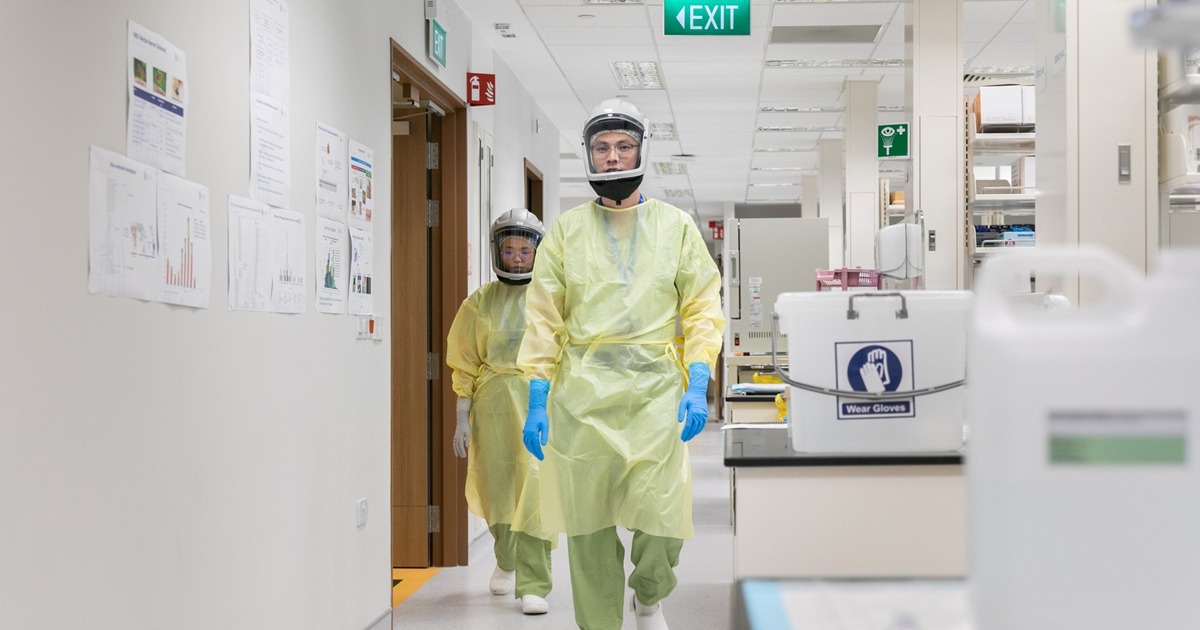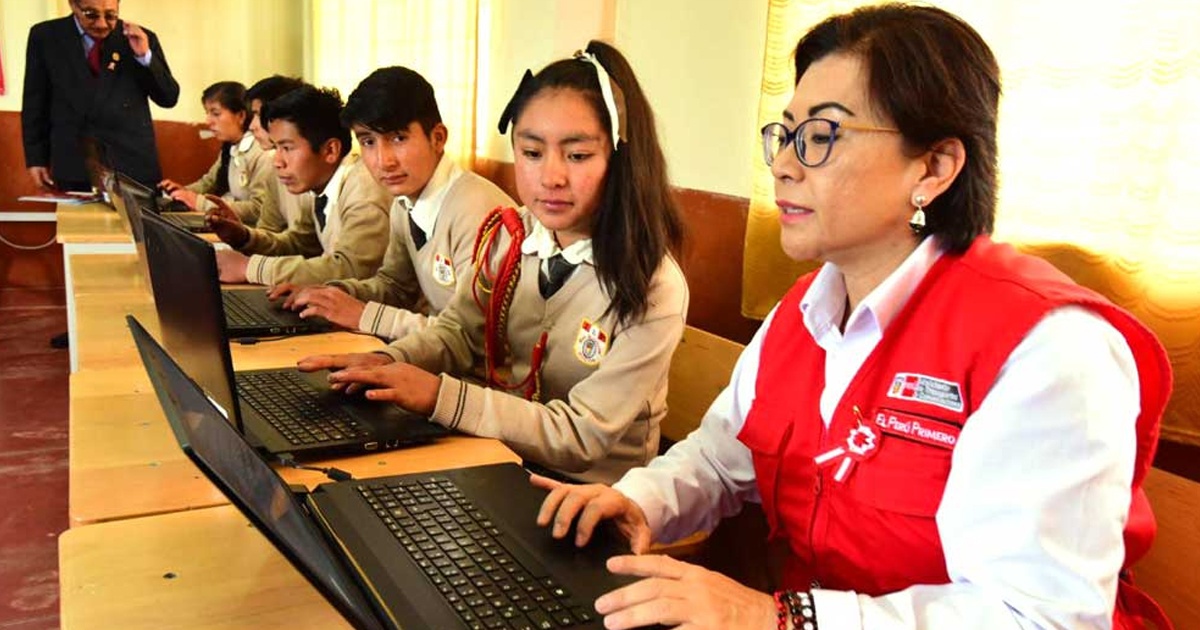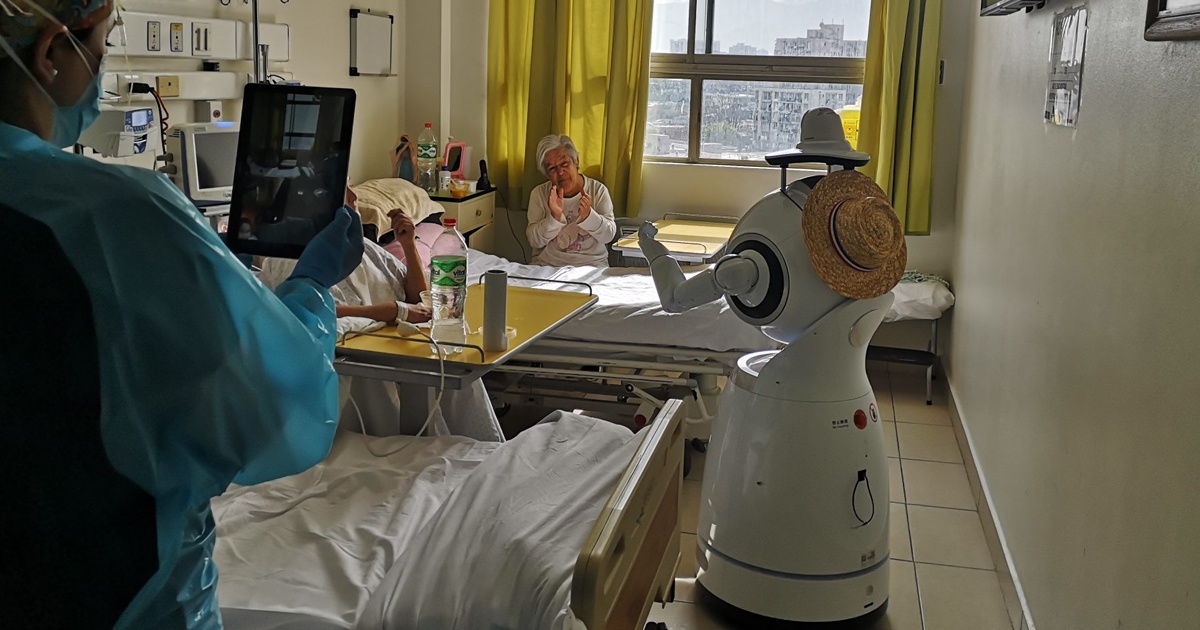Article published in The Lancet, discusses the types of technologies used in response to the pandemic, as well as prior preparation and challenges in implementing new Digital Health strategies going forward.
Strategies for tracking, for infection detection, contact tracing and tracking, quarantine and isolation, and clinical management have evolved during the pandemic. And they have been used with different approaches in different countries and territories, however, always seeking similar objectives, to contain the virus and prevent further cases of COVID-19.
As part of planning and monitoring, big data and AI have facilitated health emergency preparedness, in some cases succeeding in slowing or controlling the spread of the virus. In Wuhan, the city where the first cases were reported, health authorities used migration maps linked to cell phones, payment applications and social networks to collect data to track the movements of people who had visited the Wuhan market. Thanks to this strategy they developed machine learning models to make forecasts on virus transmission in the region and implement border controls and surveillance.

This also allowed territories such as Taiwan to initiate airline measures for travelers arriving from Wuhan. Taiwan responded effectively to the outbreak of COVID-19, which due to its proximity to China could cause a health crisis due to its high population density, being among the top 20.
With regard to infection detection, China also uses web-based tools to manage its resources and ensure that they reach the people who need them. In Taiwan, for example, thermal cameras in airports were used to quickly detect people with fever at the beginning of the outbreak.
“Unlike most other countries, Iceland has launched widespread testing of asymptomatic individuals. Using mobile technology, Iceland collects data on patient-reported symptoms and combines these data with other datasets such as clinical and genomic sequencing data to reveal information about the pathology and spread of the virus,” noted the article published in The Lancet.
Contact tracing and tracking is perhaps the tool that has been most quickly and easily applied digitally during the pandemic. In countries such as South Korea, cell phone positioning has been used to alert possible areas of infection: “South Koreans receive emergency text alerts about new COVID-19 cases in their region, and people who could have been in contact with infected individuals are instructed to report to testing centres and self-isolate.”
However, as The Lancet article notes: “Contact tracing applications are not without pitfalls. Not all exposure requires quarantine, such as when the exposed individuals are wearing personal protective equipment or are separated by thin walls penetrable by mobile phone signals.”
The risks of applying Digital Health technologies for pandemic control do exist, and are also linked to economic inequalities: “Digital health initiatives can amplify socioeconomic inequalities and contribute to health-care disparities," the authors explained in the article.
The data on mass internet use worldwide is confusing, while in Europe 82% of the population used the internet during 2019, in Africa it was only 28%. “To effectively implement digital technology globally, interventions should be tailored to the target regions; broadband access requires federal and private sector investment in technology and infrastructure.”
In addition, some interventions could threaten on the privacy of their users, a point that governments must also take into account when implementing these solutions. So far, however, health emergency responses based on digital tools have had significant results.






